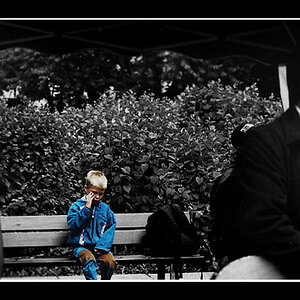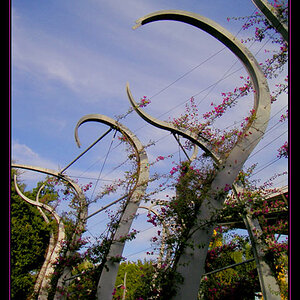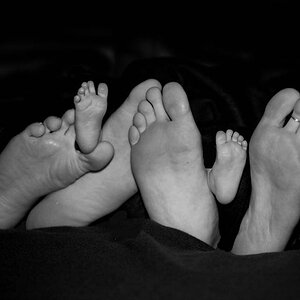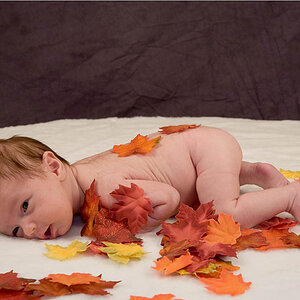kawasakiguy37
TPF Noob!
- Joined
- Feb 26, 2010
- Messages
- 42
- Reaction score
- 0
- Can others edit my Photos
- Photos NOT OK to edit
I had an idea today about lense resolution. Coming from a background in astronomy, the larger the front element usually meant it was a better telescope (more light gathering). With lenses we have an f-stop value, so this does not apply to light gathering. However, the large the diameter of the front element also produces a larger lense resolving power, or the potential resolution of the lense.
Is this true in photography as well? Do lenses with larger front elements have a higher theoretical resolution?
Is this true in photography as well? Do lenses with larger front elements have a higher theoretical resolution?



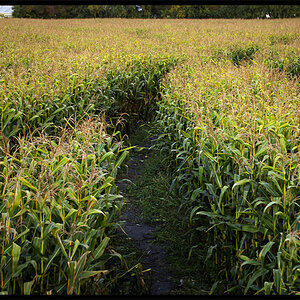
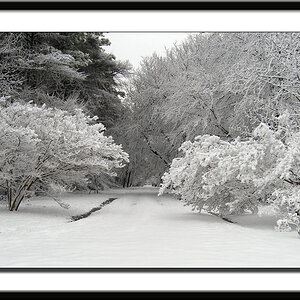
![[No title]](/data/xfmg/thumbnail/32/32930-09414fc020c2a60a456ff59a05c5ef8f.jpg?1619735759)
